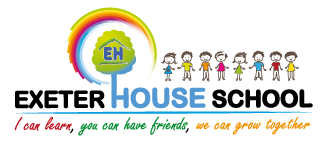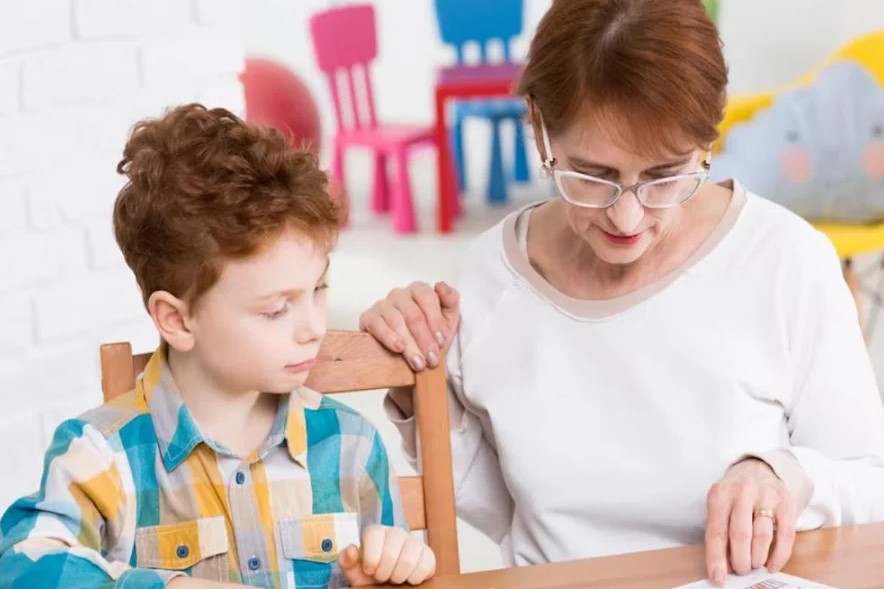How individualized learning benefits children
Children with special needs often face unique learning challenges that require more than traditional educational methods. Individualized learning is a powerful approach that caters to the specific needs of each child, offering a personalized education plan that promotes academic growth and emotional well-being. Through programs such as Individualized Education Programs (IEPs) and customized teaching strategies, children with special needs can develop at their own pace, engage more deeply in learning, and achieve greater success both in and out of the classroom.
The role of individualized learning in supporting childrens development
Individualized learning tailors educational experiences based on a child’s unique strengths, challenges, and learning styles. This personalized approach allows educators to create a curriculum that adapts to each child’s progress, ensuring that the student doesn’t fall behind or feel overwhelmed. Much like in certain strategic games, such as those you’d find on Nine Win in the casino world, where a personalized approach to each player’s decisions leads to a better chance of success, individualized learning ensures that children with special needs get the precise support they require.
At the heart of individualized learning for children with special needs is the IEP. The IEP is a legally binding document that outlines the specific services, accommodations, and educational goals for a child with disabilities. This personalized plan is created collaboratively by educators, parents, and specialists, ensuring that the child’s unique learning needs are met. IEPs provide essential support by addressing areas such as cognitive development, social skills, and emotional regulation.
For children with conditions like autism, dyslexia, ADHD, or intellectual disabilities, individualized learning focuses on modifying teaching methods to suit their needs. For example, children with dyslexia might benefit from reading aids, while those with ADHD could receive frequent breaks to maintain focus. These adjustments create a more inclusive and effective learning environment, allowing children to fully participate in their education.
Key benefits of individualized learning
- Personalized learning paths: Schools using individualized learning typically employ a variety of methods to engage students, such as project-based learning, one-on-one tutoring, and technology-driven lessons. This flexibility helps students with special needs learn at their own pace. Personalized paths also ensure that students can progress through curriculum areas at a rate that matches their abilities, helping them stay motivated and engaged.
- Competency-based progression: A key feature of individualized learning is its focus on mastery over time. Instead of pushing students through a set curriculum based on age or grade level, competency-based learning ensures that students with special needs move on to new topics only after they have demonstrated understanding. This reduces frustration and helps students build a solid foundation in each subject, particularly in critical areas such as reading and math, where students often face difficulties.
- Building emotional and social skills: Children with special needs often benefit from emotional and social support within their educational programs. Individualized learning incorporates opportunities for students to develop social skills through interaction with peers in an inclusive setting. Research shows that students in inclusive classrooms, where individualized learning is practiced, are more likely to form meaningful social relationships and exhibit greater self-esteem. Additionally, social-emotional learning (SEL) practices within individualized plans help students manage their emotions, reduce stress, and increase focus, all of which are essential for academic success.
- Use of adaptive technology: Technology plays a significant role in individualized learning for children with special needs. Adaptive learning software, such as Waterford Early Learning, provides students with personalized instruction through interactive activities tailored to their abilities. This allows children to receive immediate feedback on their performance and progress at their own pace without the pressure of a traditional classroom. These tools are particularly effective for students who require frequent repetition or additional practice to master skills.
- Enhanced parental involvement: Parents are key participants in the development and success of individualized learning plans. IEP meetings give parents a platform to voice concerns, provide input, and collaborate with educators to support their child’s education. Parental involvement helps ensure that learning strategies are aligned with a child’s strengths and weaknesses, both in the classroom and at home.
The future of individualized learning for children with special needs
Individualized learning is transforming the way children with special needs access education. By providing tailored learning paths, adaptive teaching methods, and essential emotional support, it helps children overcome obstacles and thrive academically. As more schools adopt this approach, the potential for children with special needs to reach their full potential continues to grow, creating a more inclusive and supportive educational environment for all students.

